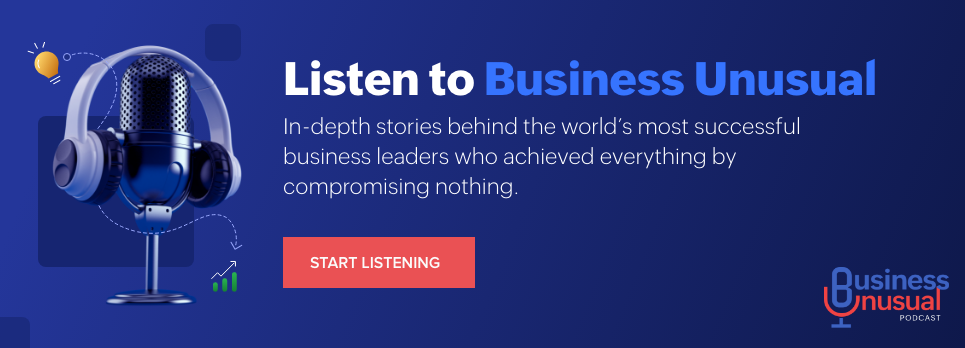In this Leadership Perspectives series, we ask different industry leaders to share their thoughts on trending business tech topics. Nirupa Mathew has over 20 years of experience in teaching, education technology, business, driving innovative product strategy, and research-based design improvements. Mathew is responsible for overseeing the Math, English Language, Arts, and Accessibility and Inclusion teams at Smarter Balanced.
How can organizations effectively balance structure and creativity to foster innovation?
It is a balancing act, and an incredibly challenging one at that. Structure can be helpful for encouraging time management and intentional planning for innovation. We must allow for blocks of "thinking time" and "meeting-free time" to protect people’s opportunities to foster creativity. It’s easy, particularly in remote organizations, to fill up calendars with back-to-back meetings and leave no time for heads-down, focused work, brainstorming, or free thinking. But those activities provide a foundation for creativity and innovation.
What role does continuous learning and professional development play in fostering an innovative mindset among employees?
Continuous learning is critical for improving skills, keeping up with technological advances, strengthening resilience, and building leadership qualities on our teams. Organizations that prioritize meaningful professional learning are always going to be better positioned to stay ahead of the competition by improving products and services—and helping team members develop into future leaders, creative problem solvers, and strategic thinkers. Additionally, employee engagement and motivation increase when they recognize that their growth is a priority, and leaders are invested in their ongoing development. Professional development typically involves cross-collaboration and idea sharing, and this can inspire innovative mindsets and spark new ways of thinking that yield powerful results.
What are the ethical considerations that arise when pursuing innovation, and how can organizations ensure responsible innovation practices?
A thorough risk assessment should be part of every innovation strategy. A diverse set of stakeholders should help evaluate the ethics of every innovation, accounting for safety, data privacy, and social impact. Innovators should be able to articulate the benefits to society and demonstrate intentional actions to minimize harm. We must give careful thought to the innovation’s effects on various demographic groups and ensure there is transparency, accountability, and integrity at the heart of the initiative.
Bonus question: What futuristic technology do you wish existed today, and how would it change your daily life?
My passion is to increase access to meaningful education for children all over the world. I wish virtual reality education was available today. I imagine virtual reality educational experiences that would allow students to explore historical events, have scientific experiences, and simulate experiments. I would love to see a world where students can engage in meaningful ways with things that spark engagement, allow them to interact with different types of content, and discover their passions and interests. This would make topics more accessible and deepen their understanding. My goal would be inclusion, particularly within communities that are under-resourced, so this technology would also need to be affordable and accessible to children everywhere.
Zoho offers a suite of intelligent enterprise business software, including an award-winning CRM suite, the industry's only comprehensive analytics and BI platform, and a powerful low-code development ecosystem.


